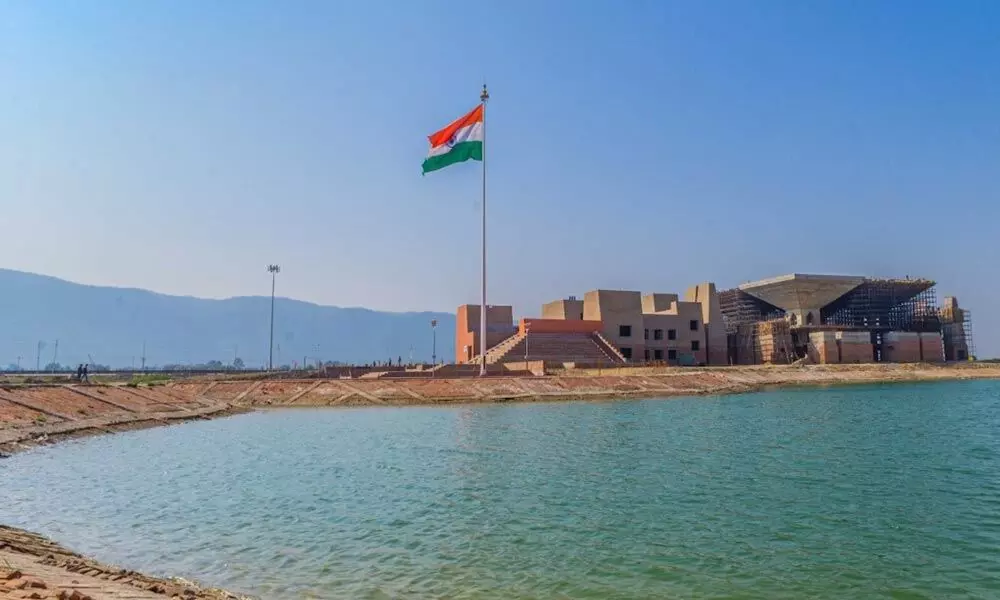Nalanda varsity's message on water conservation
The huge amount of rainwater that flows from the hills of Rajgir is deposited in the campus and its surrounding areas and this water harvesting is done inside the campus with the help of the ‘Aharpyne’ technique
image for illustrative purpose

Patna: WHILE Bihar government is running the 'Jal Jeevan Hariyali' campaign, Prime Minister Narendra Modi launched the 'Jal Shakti Abhiyan' on the occasion of World Water Day on March 22. The internationally acclaimed Nalanda University in Bihar is teaching water harvesting to the people under the Central government's campaign. Nalanda University located at Rajgir in Bihar's Nalanda district is trying to explain the importance of the message water is the basis of life to the people in the State.
Nalanda University Vice-Chancellor Sunaina Singh has reiterated the varsity's resolve to conserve water. She said the university is contributing towards water conservation in its campus as well as nearby villages. Singh said, "The university campus is entirely based on the hypothesis of Net Zero. Modern as well as traditional resources are being used to conserve every single drop of water inside the campus. I have once again made the ignored 'Aharpyne' method (a 5,000-year-old floodwater harvesting system that evolved during the Mauryan Empire to bring water to the rocky terrain of Magadh, in south-central Bihar) in modern times the mainstay of water conservation in the varsity campus." She said two methods are being used for water management in the campus. The first method is to conserve the water obtained through nature and the second method is to save the available water from being wasted.
A special plan has been prepared for water management in the varsity campus under which awareness is being spread among people to prevent unnecessary use of water.According to one estimate, water wastage can be reduced by up to 80 per cent through better water management. A reduction in water demand by low flow fittings and fixtures is aimed at preventing 30 per cent wastage of water. The demand for water is being reduced by 50 per cent by using native and local natural sources.
Traditional alternatives like 'Aharpyne' have been adopted for water harvesting inside the campus premises. With the help of 'pyne' (water channels) attached to the boundary wall of the campus, the rain water is transported to the 'Ahars' ('Aa' means 'to come' and 'Har' means 'to capture') constructed in the campus.
The huge amount of rainwater that flows from the hills of Rajgir is deposited in the campus and its surrounding areas. Today this water harvesting is done inside the campus with the help of the 'Aharpyne' technique. Decentralised water treatment systems are also being effectively implemented inside the campus, with the goal of purifying 80 per cent of the water which could be reused. This water stored by traditional and modern methods is being conserved in the Lotus Sea, a cluster of four ponds built in the centre of the campus premises.

